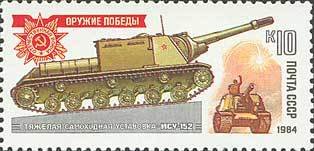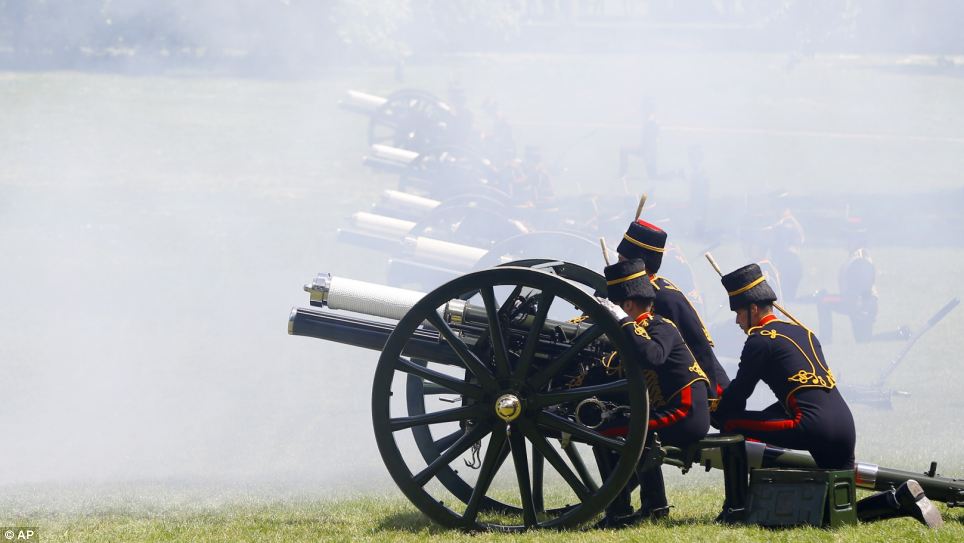Stamp: World War II Armoured Vehicles. (Soviet Union, USSR 1984)
World War II Armoured Vehicles. (Soviet Union, USSR 1984)
25 January (Soviet Union, USSR ) within release World War II Armoured Vehicles. goes into circulation Stamp World War II Armoured Vehicles. face value 10 Russian kopek
| Stamp World War II Armoured Vehicles. in catalogues | |
|---|---|
| Michel: | Mi:SU 5351 |
| Yvert et Tellier: | Yt:RU 5070 |
Stamp is horizontal format.
Stamp World War II Armoured Vehicles. it reflects the thematic directions:
A vehicle (from Latin: vehiculum) is a mobile machine that transports people or cargo. Typical vehicles include wagons, bicycles, motor vehicles (motorcycles, trucks, buses), railed vehicles (trains, trams), watercraft (ships, boats), aircraft and spacecraft. Land vehicles are classified broadly by what is used to apply steering and drive forces against the ground: wheeled, tracked, railed or skied. ISO 3833-1977 is the standard, also internationally used in legislation, for road vehicles types, terms and definitions.
A monument is a type of structure that was explicitly created to commemorate a person or event, or which has become relevant to a social group as a part of their remembrance of historic times or cultural heritage, due to its artistic, historical, political, technical or architectural importance. Examples of monuments include statues, (war) memorials, historical buildings, archaeological sites, and cultural assets. If there is a public interest in its preservation, a monument can for example be listed as a UNESCO World Heritage Site. The Palgrave Encyclopedia of Cultural Heritage and Conflict gives the next definition of monument:
Artillery are ranged weapons that launch munitions far beyond the range and power of infantry firearms. Early artillery development focused on the ability to breach defensive walls and fortifications during sieges, and led to heavy, fairly immobile siege engines. As technology improved, lighter, more mobile field artillery cannons developed for battlefield use. This development continues today; modern self-propelled artillery vehicles are highly mobile weapons of great versatility generally providing the largest share of an army's total firepower.



